|
To put it mildly, it's been a dreadful summer for astronomy in Washington, DC. The primary culprit is wildfire smoke, which seems to waft into the city with every clear night. As a professor whose primary preoccupation is climate change - and as a dad - the smoke fills me with dread. It is alarming for any number of reasons, but it has extra significance for those enamored with the night sky. The atmosphere is likely to be less transparent on a warming planet, owing either to wildfire smoke or aerosols intentionally seeded into the stratosphere. That second possibility is known as solar geoengineering. It's cheap (compared to the cost of global warming), it's likely to be effective (despite a litany of troubling side effects), and I'm increasingly convinced it will happen within twenty years. In fact, this summer the White House Office of Science and Technology Policy released a primer that more or less accurately describes where the science of geoengineering currently stands. If plans currently on the drawing board someday take off, astronomy as a science and hobby will change - quite possibly for the rest of our lives. In all likelihood, planetary observation won't change much, and Electronically-Assisted Astronomy will still reveal deep space marvels. Yet my suspicion is that traditional telescopes - including big Dobsonian reflectors - will be far less effective for observations of diffuse objects far from our Solar System, such as nebulae or galaxies. You've been warned! Anyway, I did manage to see one spectacular sight in DC this summer. In May - just before the worst of the smoke surged south - a supernova exploded in the Pinwheel Galaxy. I hauled my EVScope to a nearby field and had a look. The above picture is all I managed to capture, but the view through the eyepiece was far more impressive. I still can't believe I managed to see an exploding star - and, in all likelihood, the formation of a black hole - 21 million light years from Earth. More recently, I travelled with my family to Winnipeg. Despite its closer proximity to the many wildfires burning through British Columbia, the city has been less affected by wildfire smoke than Washington, DC. The sky is not quite free of smoke, but it's a good deal more transparent than it's been further south. This was my first trip to the city since the pandemic, and I'd nearly forgotten that I cobbled together a fairly impressive little observing setup here. Four years ago, I had a Twilight I mount delivered to my in-laws. I also purchased a C6 shortly after I was last here, and it was still in the box when I arrived this time. I unpacked it with some trepidation - the last C6 I purchased was damaged upon arrival - but not to worry: to my relief, the little telescope was in perfect condition. With everything assembled, I was struck by how well the C6 fits on the Twilight mount. I don't think it could handle a C8, but a C6 is just about perfect. It's quite stable, convenient to look through, and remarkably easy to move. In fact, I can lift mount, tripod, telescope, diagonal, and eyepiece - everything - above my head with ease. I swapped out the standard Celestron diagonal - a child's toy - with a TeleVue Everbrite, and used a Baader Mark IV Zoom for an eyepiece. The field of view, I must admit, is a little too narrow, but then a Schmidt–Cassegrain really isn't a wide-field instrument. I was gifted one clear night after another since arriving here, and used the first two nights to admire the Moon. This far north, it doesn't rise far above the horizon right now, and it is tinted a beautiful pinkish-gold by the diffuse smoke in the upper atmosphere. Seeing was mediocre at best, but the telescope turned out to be well collimated, and the view was quite striking. As the above image attests, the Moon was not as sharp as it would be through one of my refractors. Even in mediocre atmospheric conditions that prevailed here, the Takahashi, I'm sure, could have shown me more. But when you consider the relatively low cost of a C6 - albeit much higher than it was pre-pandemic - the telescope is a remarkable performer. I was particularly impressed by how cleanly it snapped into focus; in fact, finding focus seemed a little easier with the C6 than it is with my refractors. I was genuinely delighted to discover that Saturn now rises high enough above the horizon to observe at around midnight. The planets might have drawn me outdoors this summer despite the wildfire smoke, but often they had set before I could step outside. Well - Saturn, at least, is back.
The C6 offered a really satisfying view of the planet, with the Cassini Division clearly visible at 75x. I'm not sure my Takahashi would have done that much better, given the seeing. In a cooperative atmosphere, I have no doubt that the refractor would outpace the Schmidt–Cassegrain; there is a delightful crispness to its views that the stubbier telescope can't quite match. And of course, it never needs to collimate or acclimate (for long). Nevertheless, I was stunned when, later, the C6 showed me Arcturus as a perfect orange point: something I had not expected from a Schmidt–Cassegrain. For those less obsessed than I am with getting the absolute best views that a (modest) aperture can provide, I suspect it would be impossible to justify the extra cost of a 4" apochromatic refractor over a C6. Well done, Celestron! Anyway, I had a truly wonderful half hour on the porch, the crickets chirping nearby as I admired the ethereal beauty of Saturn's rings. I was struck by how much their tilt relative to us has changed over the past year, and I fear that they will - briefly - disappear from view entirely in the months to come. It will be fleeting. Soon enough, the rings will return, and the planet will regain its grandeur. For me, one of the joys of astronomy lies in the knowledge that however badly we muck up our planet, countless wonders glitter beyond our reach. With or without us, it's a beautiful universe.
0 Comments
At the moment, Lyra and Hercules are high in the high, and Uranus and Neptune are near the annual oppositions. This got me thinking. My refractors are everything I'd hoped they'd be, but would they really have enough aperture to satisfy me if I wanted to glimpse the ring nebula? What would they show me if I wanted to track down M13, the Hercules Globular Cluster - which to my continual amazement I'd never seen (until this entry)? Would they show me any color if I managed to find Uranus, or would the planet be just another grey dot? I was thinking about these questions and fighting off aperture fever - a menace that has claimed me before - when I received news that the research budget I receive from my university would be doubled, as of this year. One way I use my telescopes is to imagine what astronomers from a bygone age might have seen when they looked at the Moon and Mars, which in turn helps me to write about the history of space. That's research, so it's easy for me to justify astro-expenses from my research account. And then - the final nail in the coffin - I spotted one of Celestron's six-inch schmidt cassegrain telescopes (a C6) on sale, brand new, for less than $400. I bit the bullet and bought the telescope, in the hopes that I might at the very least be able to use it with my students (with whom I'd rather not use much more expensive telescopes). At first glance, the C6 certainly looked nice with my sturdy little mount and tripod (a Berlebach Report 312 tripod and VAMO Traveller mount). Yet on closer inspection, it had no fewer than three little blemishes - including a spot on the corrector - and that was just too much for me. I returned it, disappointed . . . and then noticed an equally good sale on an eight-inch, orange-tube, Nexstar SCT. The C6 had seemed rock solid on my mount and tripod, so I suspected that the C8 would be sufficiently solid, too. The C8 was also lighter than the Edge HD that I had recently given away. With a sale so good, I couldn't resist pulling the trigger. The finish on these Nexstar tubes - like that on the Edge tubes - is just much nicer than the glossy black on other Celestron SCTs. There's a depth to them and they don't get covered with hand prints as easily. On the other hand, the orange tubes don't have a handle on the back, and that handle is the kind of little luxury that makes everything from stowing to using a telescope that much easier. The wonderful thing about my new mount and tripod is that they're light enough for me to bring both my C8 and my TV 85 to an observing site - like our observation deck, for example. That's a game changer for me, because it means I can observe with a wonderful instrument as the SCT acclimates. I did just that on my first night with my new C8. The temperature was only a few degrees cooler than it had been in my apartment, so after about 30 minutes I hoped that the C8 would be ready to use. I had just been viewing Saturn with my TV 85. The view was crisp and the color was perfect, but the planet bobbed around in the currents coming off my building. I was apprehensive when I switched to the SCT and inserted a 25mm Plossl. Yet to my astonishment, the view was much, much clearer than it had been through my Edge. The planet was far brighter - no surprise there - and a few new moons snapped into view. When I turned to higher magnifications the view abruptly degraded. In fact, in the heat currents coming off our building the TV 85 handled higher magnifications better than the SCT. Still, the crystal-clear view at lower magnifications suggested to me that I had a much better sample than the Edge I'd previously owned. I used the same setup on another night, switching from the TV 85 to the C8 after a half hour or so. This time, temperatures were around 16 degrees Celsius - a good deal cooler than inside. Yet again, the SCT had acclimated completely. I suspect it acclimates more quickly than the Edge, despite the vents on the Edge.
The C8 is about as solid on my mount and tripod as the Takahashi, which is to say a bit less solid than the TV 85, but more than good enough for my purposes. Again, Saturn bounced around. But the rising Moon was spectacular, with extraordinary detail through the TV 85 and - again to my surprise - especially the C8. Once again the C8 did not take high magnifications quite as consistently well as the TV 85, but at times I could glimpse some impressive detail when the seeing cleared up. Towards the end of my short observing session, I decided to hunt for the Hercules Globular, in the hopes of seeing it for the first time. I began with a 55mm, 2-inch Plossl on my TV 85. Although I had to crane my head in some awkward angles, at last - at last! - I spotted the cluster. It was pretty bright on the deck and so the view was dim, but there: I'd found it. Switching to the C8 and using averted vision gave me a very satisfying view: countless tiny stars coming into focus around the core. Someday, I'd love to see it under darker skies. So yes, I remain a refractor guy - the TV 85 is still my favorite telescope - but it sure is nice to have the mobile aperture of a quality C8. I'd always loved the promise of the Edge, and now I have much of it back. I likely won't use the C8 much in the winter, but it will be great to use it with the TV 85 in the warmer seasons. |
Archives
March 2024
Categories
All
|
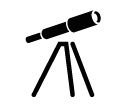
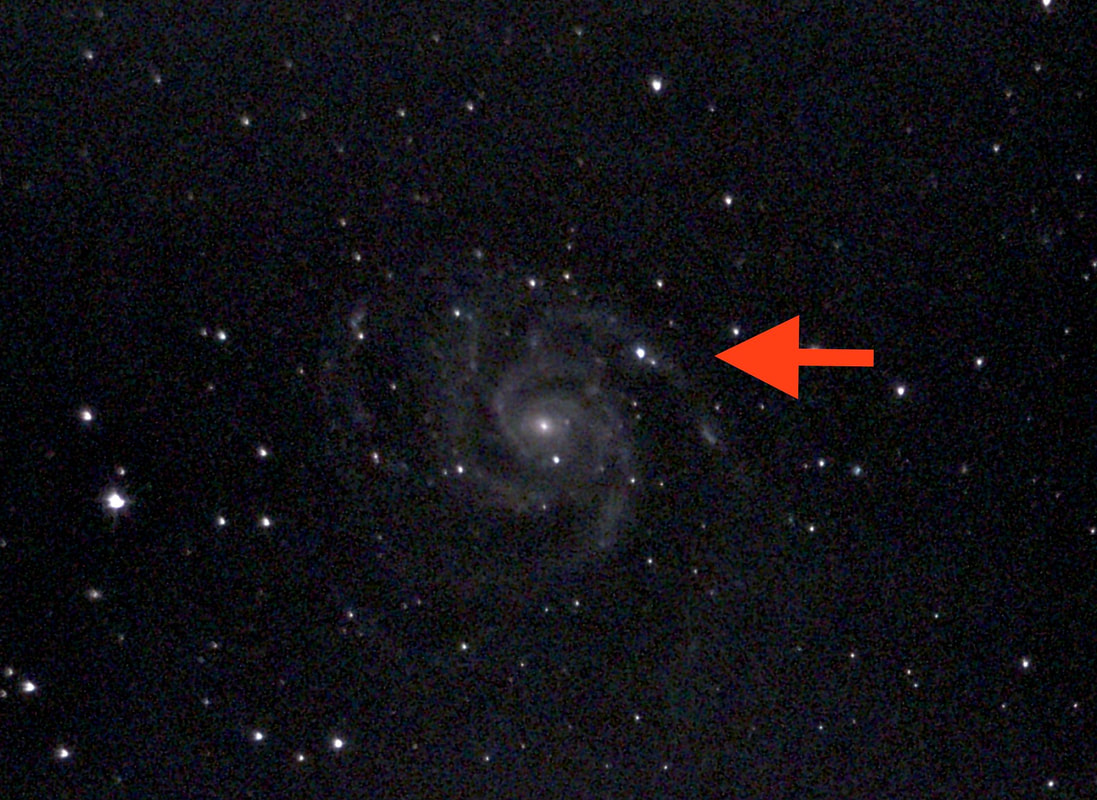
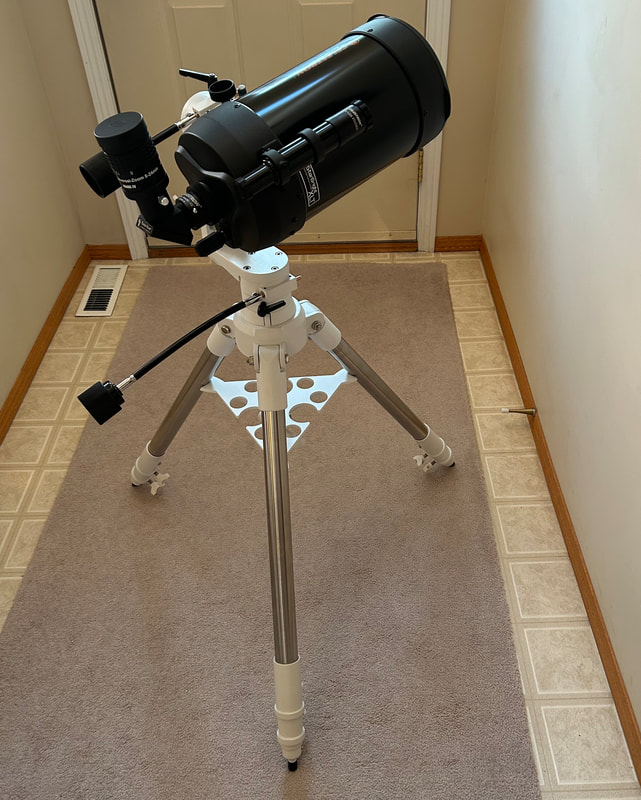
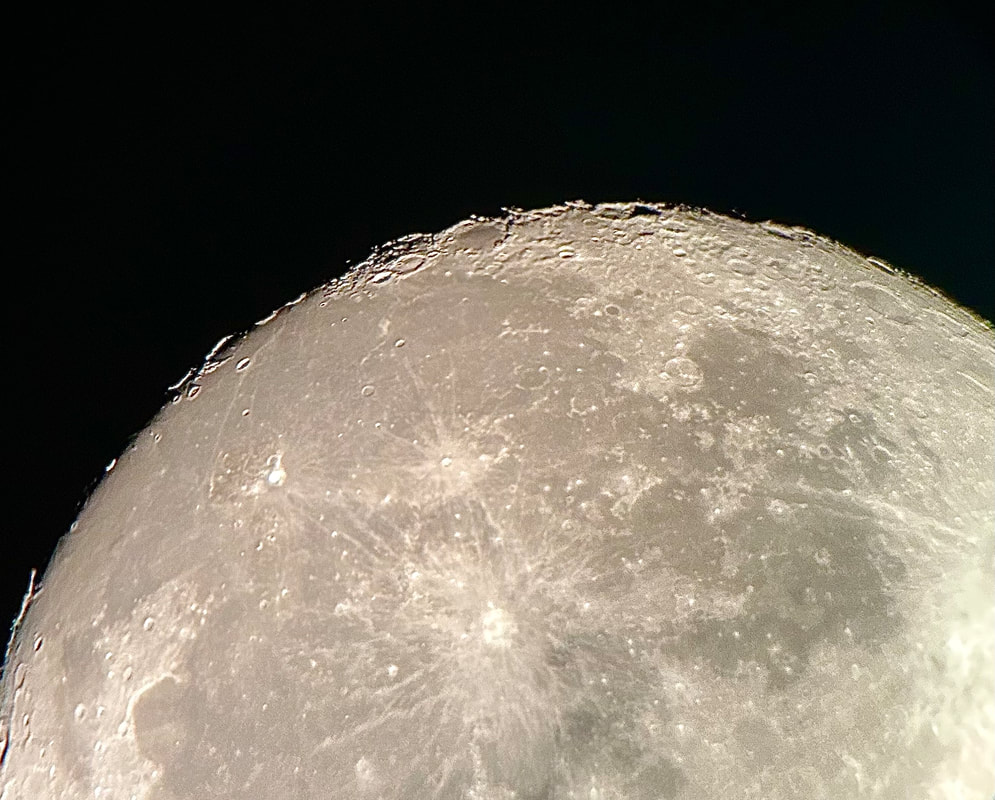
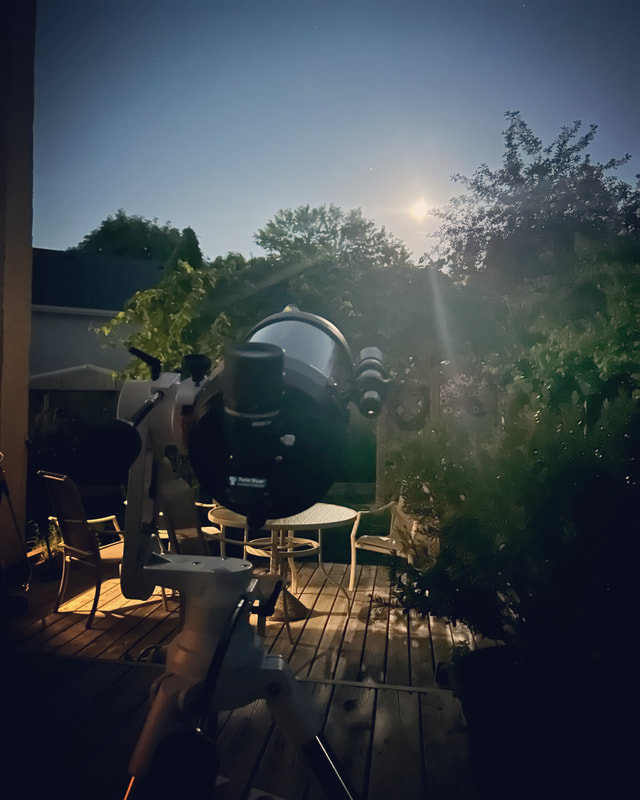
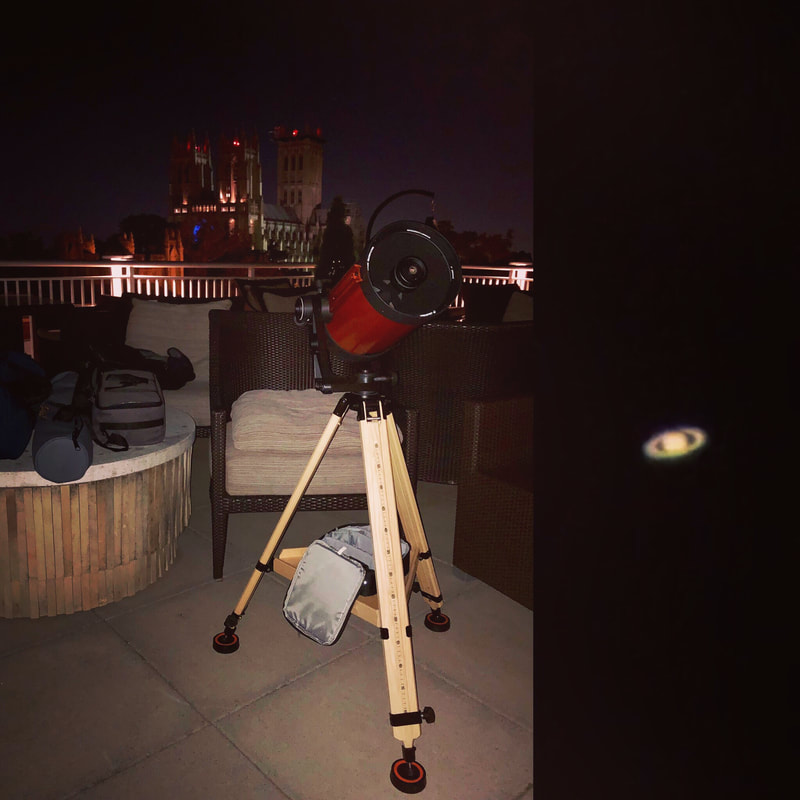
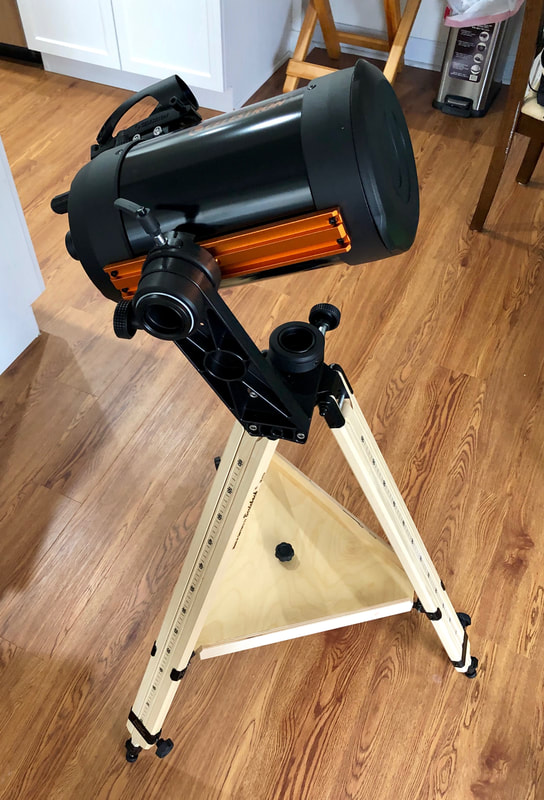
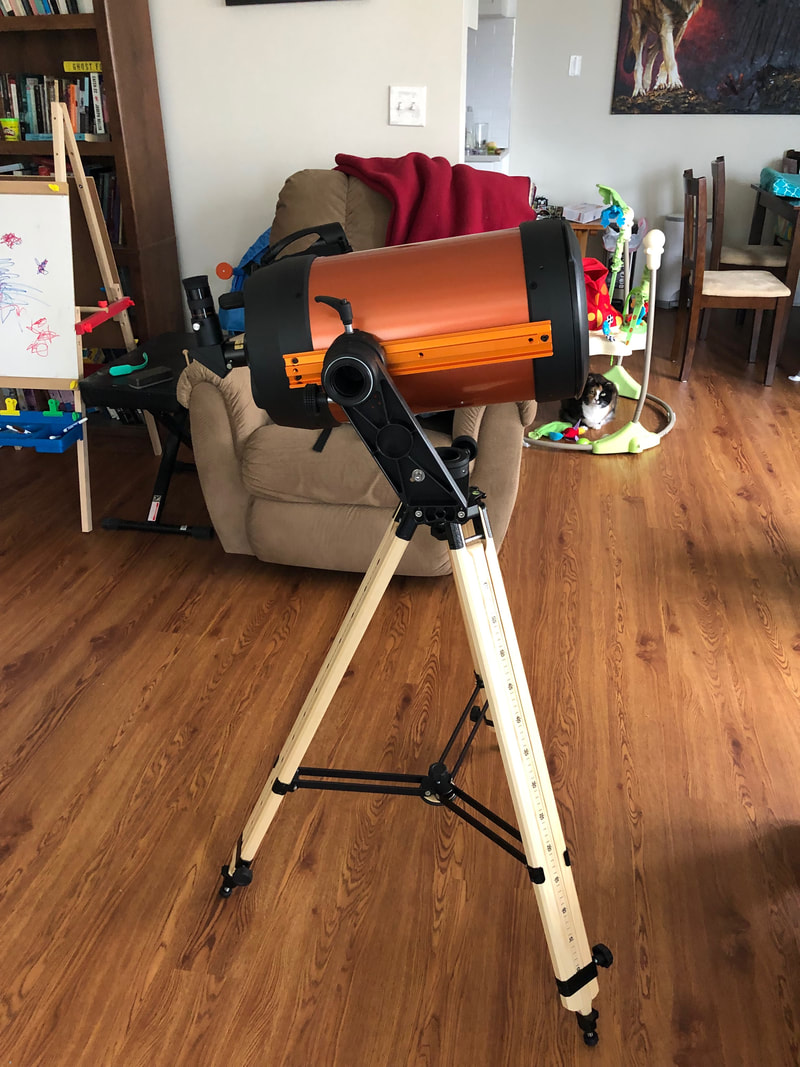
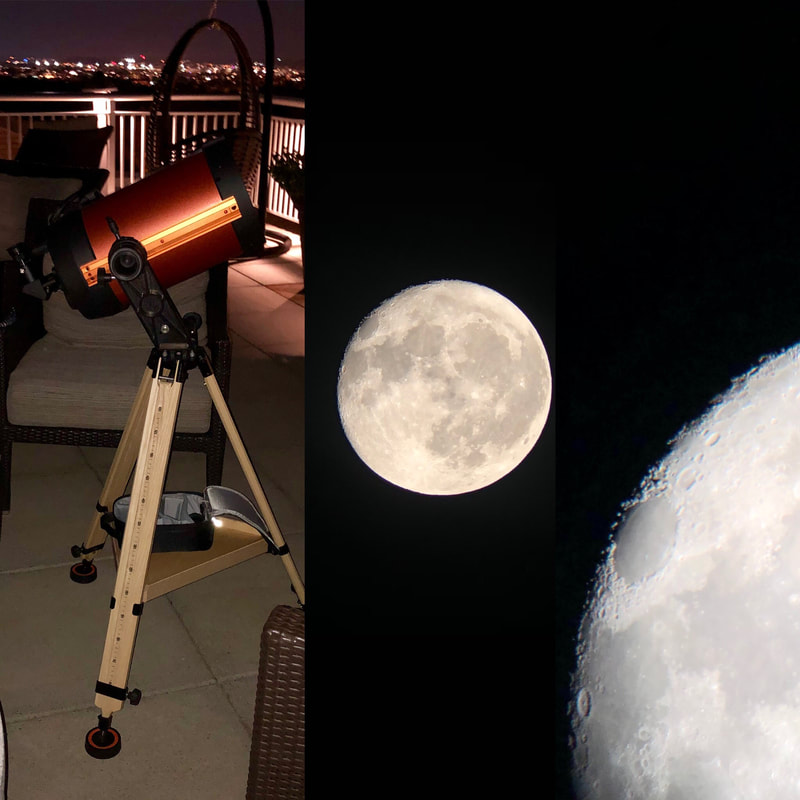

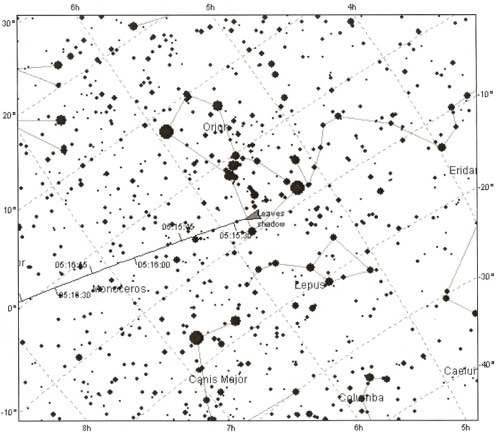
 RSS Feed
RSS Feed